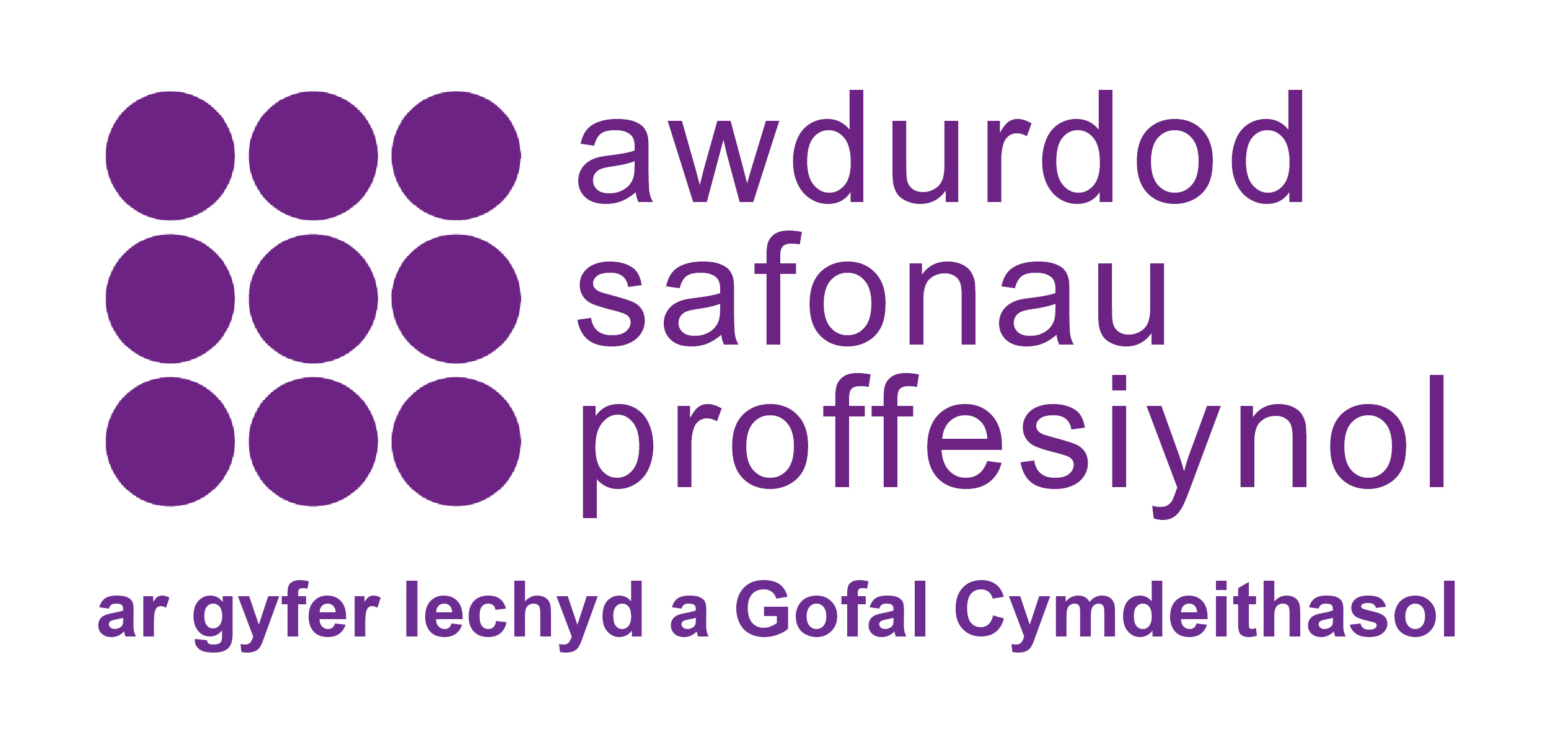Main content
Time for a change? Why we are consulting on reviewing the Standards of Good Regulation
27 Jun 2018
We use our Standards of Good Regulation as a tool for measuring how the nine regulators are carrying out their duties, including protecting the public. They form the basis for the judgements we make in our annual performance reviews, which we present to Parliament.
The current Standards have been in place since 2010. So, last year we asked you if it was time for a change? We consulted on how we might change them so that they continue to be fit for purpose. The responses we received helped us draft a new set of Standards. We now want feedback on these more detailed proposals and have just published our second consultation.
What is in the Standards of Good Regulation?
The Standards presently cover the four main activities that the regulators carry out:
- standards and guidance
- education and training
- registration
- fitness to practise.
There are a number of Standards under each of these activities, with 24 Standards in total. You can see the current standards here.
What’s prompted the change?
A good deal has happened in the regulatory world since the Standards were last updated in 2010. We recently introduced a new performance review process and some of the regulators’ Fitness to Practise processes have changed. The regulators generally meet the bulk of the Standards, suggesting that they could be better targeted. So, it was right to review them to see whether they were still addressing the core regulatory functions.
Our first consultation
We issued our first consultation in June 2017. We asked whether the existing Standards were right. We were also keen to hear whether there were other areas that we should look at. For example, the current Standards do not look at the regulators’ governance processes and they do not look at the regulators’ approach to equality and diversity.
We also asked whether we should adopt a different approach to reporting? Should we continue with the current binary approach where a Standard is either met or not met? Or should we adopt a more graduated approach? We also wanted to adopt a right-touch approach, so that we are proportionate, agile and targeted.
We received 29 responses to that consultation and held several events to discuss the questions. We analysed the responses and held further meetings with the regulators to discuss our emerging proposals.
What we decided
We are now consulting on the exact wording of the new Standards. Following the first consultation, we decided that:
- We should include new Standards dealing with the way in which the regulators work as organisations – how they embed change, learn from their different areas of work and report and manage their performance
- We should include a Standard relating to equality and diversity which requires regulators to be aware of the diversity of their registrants and service users and to avoid inappropriate barriers in their processes
- We should amalgamate some of the existing Standards and omit some that are no longer relevant
- We will incorporate right-touch principles in our assessment of whether regulators meet the Standards
- We should continue to adopt a met/not met approach to the Standards because this provides a clear indication for the public and because we can deal with the nuances in the discussion of the performance.
We have reduced the number of Standards from 24 to 18. We want to continue to take a proportionate approach to reviewing the regulators. It is particularly important that we should be able to assess the way in which their internal processes affect their performance. Our role is not to tell the regulators what to do, but they need to have processes in place to ensure that they identify matters of concern and are able to address them.
We also wanted the Standards to be flexible enough to enable regulators to have the opportunity to innovate. For example, there is no recognised right way to deliver continuing fitness to practise programmes. Our proposed Standard here is deliberately wide, aiming at the outcome that registrants continue to be fit to practise, while allowing the regulators to decide what arrangements will be most suitable for their specific sector.
The new consultation
The new consultation asks for views about the wording of the Standards and about the evidence that we will seek to assess whether the Standard is met. We want to ensure that the burden on the regulators is not too great, while ensuring that we continue to have the information we need to make a proper judgement. We recognise that some regulators may not immediately be able to meet all the new Standards and we will work with them to address those points.
We want to be sure that the wording will work and that the evidence we are proposing to collect is suitable.
The next steps
The consultation closes on 10 September 2018 when we will start to analyse the responses. We hope to announce the new Standards in the autumn of 2018 and start to use the Standards in our performance reviews for the 2019/20 cycle. However, we would like to pilot some of the new Standards, if possible, with some regulators in the previous performance review period.
The Standards must be clear so that the public can easily understand how the regulators are performing. They should also be proportionate so that they are right for the regulators and the burden of demonstrating compliance is not too great.
We want to hear from you and we want to know what you think about our proposals. Please read the paper and respond to David.Martin@professionalstandards.org.uk by 10 September 2018. We look forward to reading what you have to say.
Related material
Find out more about the consultation:
- consultation paper
- the proposed new Standards
- the draft evidence framework
- a summary of responses received to the June 2017 consultation
- the current Standards of Good Regulation
Or watch short animation which explains our new proposed Standards.

